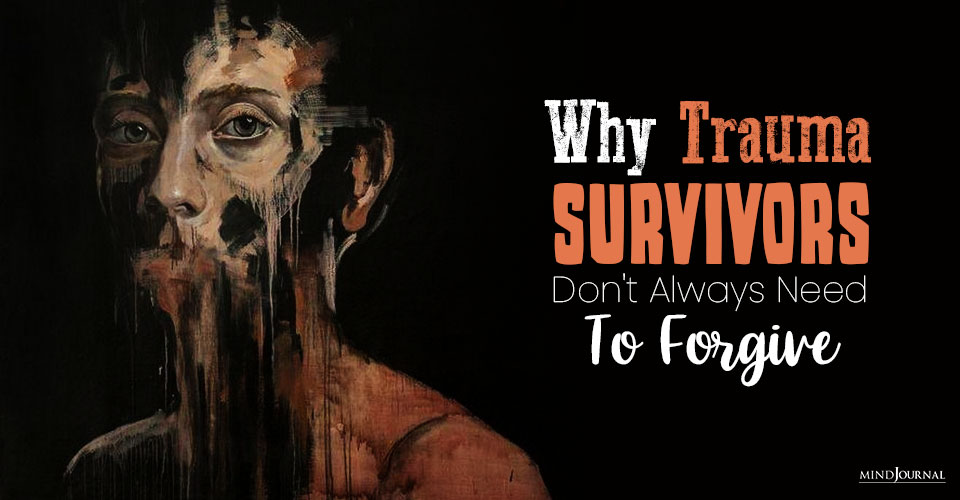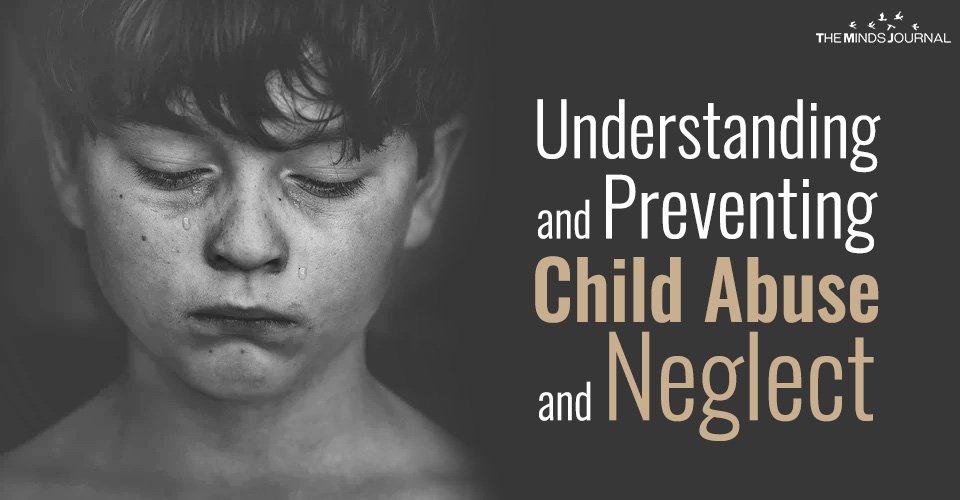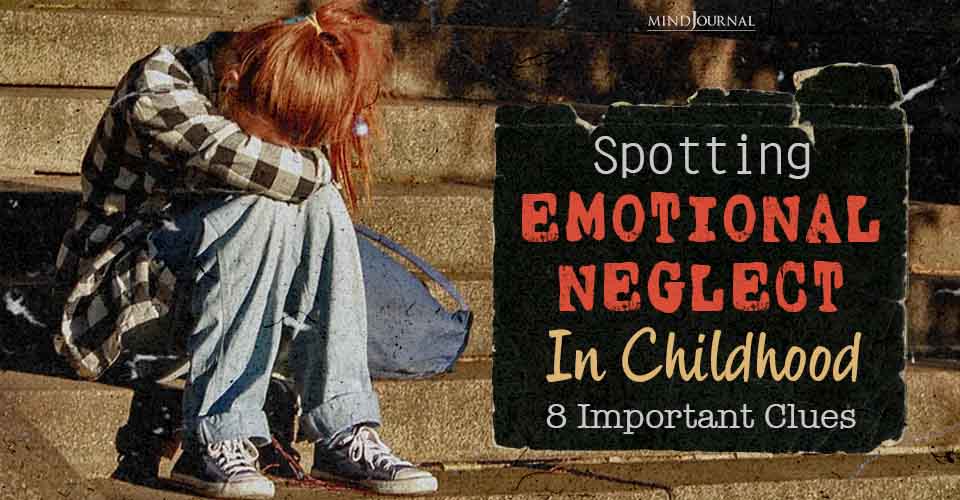“There is no timestamp on trauma. There isn’t a formula that you can insert yourself into to get from horror to healed. Be patient. Take up space. Let your journey be the balm.” – Dawn Serra
Key Points
- Society puts a lot of pressure on trauma and abuse survivors to forgive, but this can actually stunt their healing.
- Grief and mourning are essential to the healing process; forgiveness can come later, if at all.
- Lack of remorse on the part of the perpetrator can make mourning more appropriate of a response than forgiveness.
- Many abuse and trauma survivors return to therapy years later, realizing they never truly mourned their experience.
The new year can bring with it many pressures, including the push to move on from past transgressions.
The usual process of forgiveness is typically a rather simple matter. Someone does you wrong in some way. Maybe they apologize or attempt to right that wrong. Based on the level of accountability you sense in their response, you then decide the best option for everyone involved in that wrong is to let it rest and move forward.
This kind of forgiveness can work when the wrong was accidental, not done with malicious intent. Someone wrongs you, they apologize, and you move on because all of us make mistakes. This works great when someone makes an offensive comment or steps on your toe—but what about malicious and harmful actions? How do you let purposeful and damaging attacks rest?
Related: Why You Don’t Always Need to Forgive
Trauma survivors are constantly told by society that they must forgive: “It’s for your own good; It will help you move on.” Due to forgiveness being an integral aspect of their beliefs, many faiths place additional pressure on survivors to forgive. Think about how unfair of a burden this places on the victim.
Is forgiveness really something a victim should be responsible for giving? Should some measure warranting that forgiveness not lie in the hands of the perpetrator? If they feel remorse, granting forgiveness might come easier, but what about people who have no empathy? How can a victim forgive these behaviors if no one ever takes accountability for them?
In his work with trauma survivors, Dr. Robert Berezin has found that mourning is more essential to the healing process, especially to help survivors move through the depression, anxiety, and even rage that results from the abuse.
“Mourning is the biological process that allows us to relinquish and deactivate the brain mappings that result from trauma.” This statement echoes many of the experiences and beliefs of trauma-informed therapists, who have found that forgiveness is often not the best path for healing. Thorough and complete mourning is necessary to move on from trauma.
Mourning will be a unique process for every survivor, but I have several techniques to help you along the way. Following these steps can incorporate space for healing into your recovery.
Related: 10 Reasons Why You Need Not Forgive And Forget
4 Tips For Mourning That Can Help Your Healing
1. First, forgive yourself.
This is the most important tip. With all of the pressure for survivors to forgive others, I frequently and consistently reflect that back on them. Survivors of trauma place a lot of guilt and blame on themselves for having gone through an abusive experience.
Forgive yourself for being vulnerable. Forgive yourself for not seeing red flags and “getting away sooner.” Forgive yourself for not coming forward and the shame that comes with “letting them get away with it.”
There is no rule that says all victims have to tell their stories. Forgive yourself for waiting too long to seek legal support and forgive yourself for any legal repercussions that the perpetrator ends up with—none of this is your fault.

2. Remember that you have a right to love and happiness.
Religious or conservative upbringings might have taught LGBTQ individuals to believe that existing within this community of love is a “sin” worthy of its due punishment. Many of my patients have expressed such thoughts that their abuse was punishment for being gay, queer, trans, or other places on the love spectrum outside of where society says they “should” exist.
This guilt stays with them unless it can be resolved at the source. Their mourning will often start with accepting who they are and the fact that they have a right to love—that their love is not a sin and that in no way do they deserve to be punished for it.
3. Keep a journal.
I recommend this at every stage of the recovery process. In the beginning stages, journaling is a safe way to get the feelings out, so they do not stay bottled up inside of you. Make it a goal to write 5 minutes in the morning, and another 5 at night, at least for the first month.
When we look back at our writing long after experiencing the trauma firsthand, we can see our growth written in our words. The signs of growth are visible rewards for a survivor to celebrate. Once you can feel safe enough to express your feelings and mourn in a supportive environment, this natural progression will happen inside of you.
Keeping a journal will provide you with this tangible evidence of how far you have made it from the fear and pain of your abuse.
Related: 50 Best Journaling Prompts You Will Ever Read Or Need
4. Remember that healing from trauma is like riding a wave: It ebbs and flows.
This is a frequent statement that I make when talking to survivors, even going as far as making the wave motion with my hands for dramatic effect. You will have good days and bad days. Pleasant weeks may be followed by a bad week.
It is important to understand that healing is not linear. It is normal and natural to have different emotional reactions with varying degrees of severity as you move forward.

So many people return to therapy after a few months or even years believing they were okay, thinking that they “forgave” the person who hurt them but arriving at the same pain and grief as before. I believe this is because they never fully allowed themself to acknowledge, mourn, and heal from their grief.
After mourning, there are many survivors who make the decision to forgive as part of their continued healing. I urge you to do whatever makes you feel most at peace.
Copyright by Kaytlyn “Kaytee” Gillis.
Excerpted in part from my book Invisible Bruises.
References:
Berezin, R.(2016) Mourning? Yes; Forgiveness? No. Healing from Trauma. https://www.madinamerica.com/2016/08/mourning-yes-forgiveness-no-healin…. (Accessed January 1st, 2022.)
Written By Kaytlyn Gillis Originally Appeared On Psychology Today










Leave a Reply